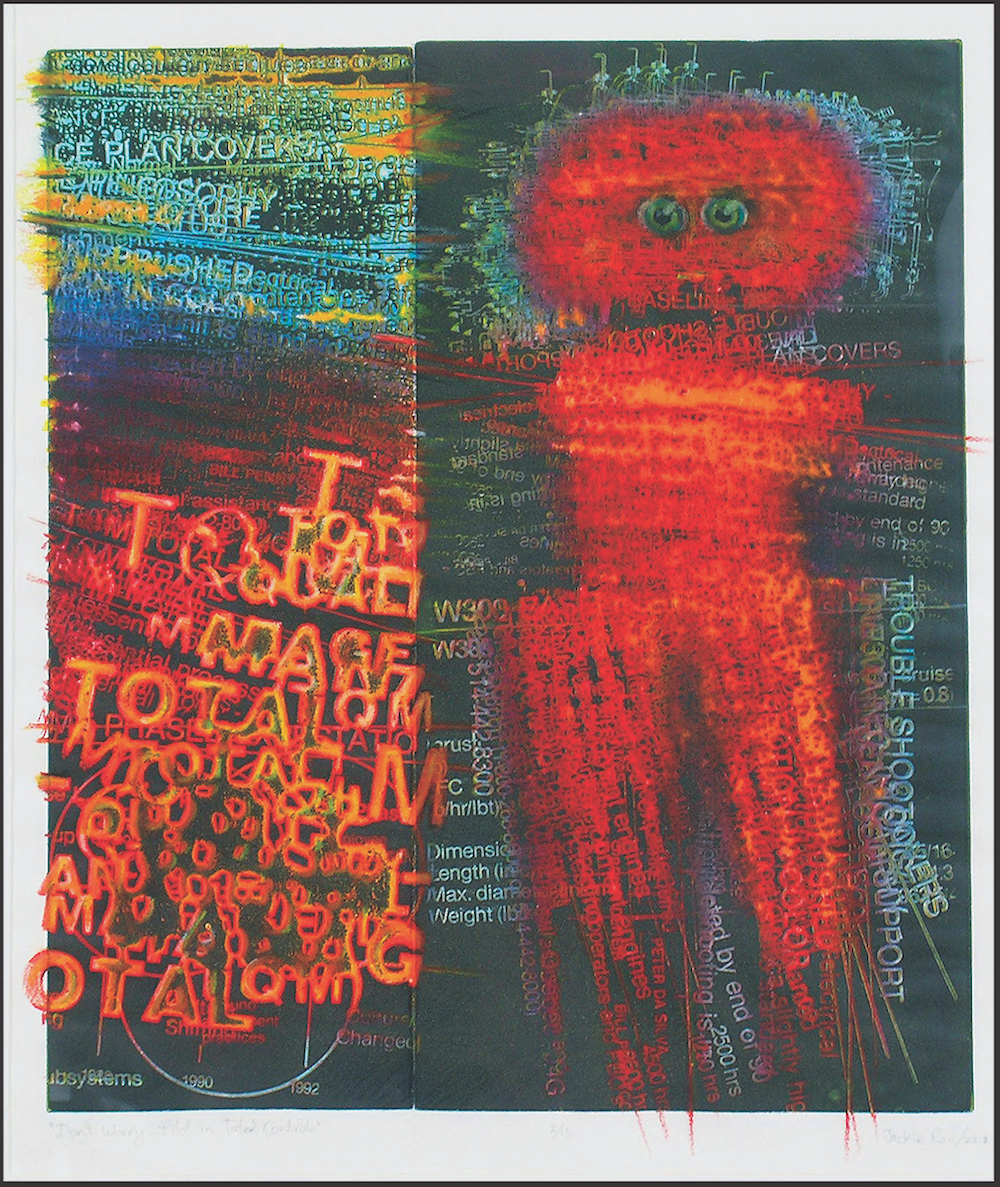Upcoming show will highlight the work of Sir George Williams University, Loyola College graduates
Jackie Rae Wloski graduated from Concordia in 1971 with a bachelor’s degree in two fields that don’t usually go hand-in-hand: fine arts and biology.
At the time, Concordia didn’t actually exist. Sir George Williams University (SGWU) and Loyola College only merged to form Concordia University in 1974. Today, the multi-media artist works from her home studio and creates art pieces, mainly portraits, landscapes and master copies by commission.
Ten years ago, Wloski decided she wanted to organize an alumni art show to exhibit the work of her former university peers. The process has been a long one, but it has finally fallen into place. Backed by the Concordia University Alumni Association, the art show will take place Nov. 1 and 2 and will feature the works of 64 artists, including Mark Prent, Ann McCall and Suraj Sadan. Wloski will also be presenting two of her own pieces: Myriam in the Backyard and Don’t Worry – Pilot in Total Control.
Prent is a Polish-born sculptor and performance artist who graduated from SGWU in 1970. Since then, he has received several awards and significant recognition for his work, including the 1978 John Simon Guggenheim Memorial Fellowship. At the alumni art show, Prent will be showing War and Peace.
McCall received her BFA from Concordia in 1978. The artist has had 10 solo exhibitions and participated in over 20 group exhibitions since 2008. Most recently, McCall won the Rideau Prize award for printmaking in visual art. Much of her work is inspired by the environment, from her seasonal series C’est l’hiver, based on the winter forest and animals of rural Quebec, to the complex environmental issues in Arborescence, which focuses on deforestation.
McCall will be showing and selling two pieces, Convergence and Arbes Hivernaux, made using the printmaking process of collography.
Sadan graduated from Concordia in 1980 with a master’s degree in art education. In 2011, he received an India Empire NRI Award for promotion of peace through art in New Delhi. His work is greatly inspired by Mahatma Gandhi, whom he met at a refugee camp in 1947, according to Concordia University Magazine. Sadan is a portrait artist and has completed over 20 portraits of Gandhi, one of which was made into an international stamp and featured on the cover of UNESCO Courier in October 1969.
According to Wloski, the art show is an opportunity for alumni to gain exposure while reuniting with old peers. Wloski said she hopes the show will inspire young artists and students outside of the fine arts department to seek out opportunities post-graduation. “There is no need to study to practice,” she said. “We’re artists, and we’d like to show people what we do.”
The Pre-Concordia Alumni Art Show will be open for two days in the new conference centre on the ninth floor of John Molson School of Business. The vernissage will be on Nov. 1 from 1 p.m. to 4 p.m. The show will be open until 9 p.m. on Wednesday, and from 10 a.m. to 8 p.m. on Thursday, Nov. 2.
Photos courtesy of Jackie Rae Wloski
